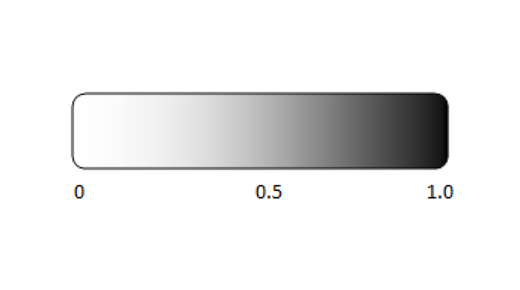It’s not easy to find topics to write about, and even if I find good topics, it has to pass my threshold level. As I was meditating on this, I started to think about procrastination and ambiguity. So my column today is about the importance of “fuzzy concepts.” I am using the term in a loose sense and will not go into depth or specifics.
|
ADVERTISEMENT |
We like to think in boxes or categories. It makes it easy for us to make inferences and aids in decision making. “She is tall” or “He is short”; “This is hard” or “This is easy.” This is a reductionist approach and from a logic standpoint, this type of thinking is called “Boolean logic” and is based on a dichotomy of true or false (0 or 1). Something is either “X” or “not X.” This type of thinking has its merits sometimes.
In contrast, fuzzy logic helps us in seeing the in between. The fuzzy logic approach utilizes a spectrum viewpoint. It starts as 0 at one end and slowly increases bit by bit all the way to 1. We can express any point between 0 and 1 as a decimal value.
…

Add new comment